Flathead Mayfly Nymphs Rule
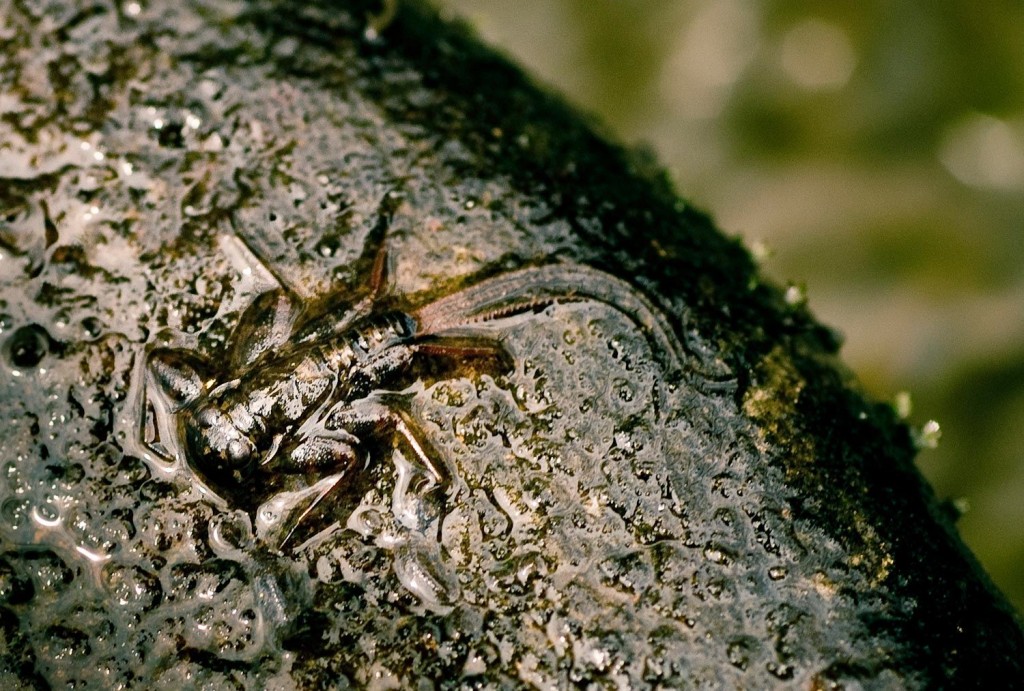
If you take the time to to flip over enough rocks in moderate moving water you’re bound to find lots of Flathead Mayfly (Heptageniidae) clinger nymphs of various sizes. These three and two tailed flat bodied nymphs, with robust legs and broad heads are very important for fly anglers. Quill Gordons, March Browns, Hendrickson, Light Cahill, Pink Quill and Gray Fox are some of the popular species that belong to the flathead family. To date, there’s been fly patterns created for over 45 different species in 10 different genera of the flathead family. Because there’s usually multiple species found in any given watershed, I typically find trout keep them on the food menu year round. The subsurface nymph patterns seem to produce nice trout for me even when fishing conditions are really tough. Oddly enough, I rarely find a good variety of patterns that imitate the nymph stage in my local fly shops. Below is a pattern I tie as a general all-around nymph imitation for the flathead “clinger” mayfly. It’s designed to mimic the bold features of the flathead, and it’s landed many big fish for me the past few seasons.
Read More »Peanut bonefish, shifting baselines and Florida’s water crisis
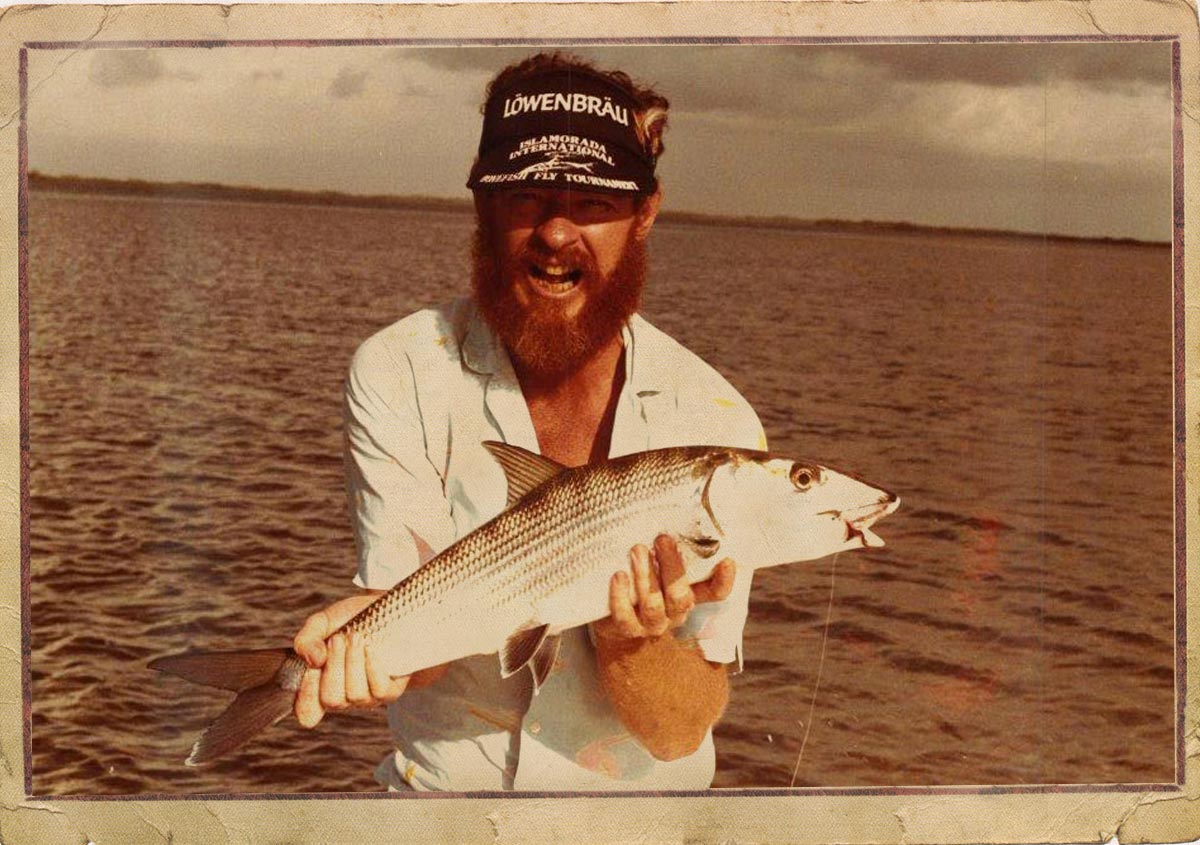
By Sandy Moret
The flats of Islamorada and Florida Bay once boasted some of the finest bonefishing on our watery planet, due to the lush seagrass that held tons of delicious bonefish cuisine like shrimp, crabs and toadfish galore. Toadfish were a major part of the bonefish’s diet and were one of the main reasons there were such monster bones in the backcountry.
Back in the late ‘70s, I had just begun fishing the Islamorada Invitational Bonefish Fly Tournament with Captain Al Polofsky. Small bonefish did not really count for scoring, and if you brought one of those “peanuts”—at the time, a bonefish under eight pounds—to weigh-in, you were actually penalized. We knew how much all the fish weighed because they were unceremoniously brought to the dock, mostly dead, and weighed at what is now the Lorelei (known as the Islamorada Yacht Basin back then). Most anglers didn’t think much of killing fish at that time, which is why so many old photos show fish strung up at the dock.
We were total rookies fishing that tournament, but Al decided to propose a new rule at the anglers meeting that a 100-point bonus be offered for releasing bonefish alive. The rule was passed unanimously, and catch-and-release bonefishing was born in the Keys.
That year in the tournament, Al was poling me on a bank in Everglades National Park and three monster bonefish were digging it up in very shallow water. As we came into position, I threw a number four Chico Fernandez Snapping Shrimp, and the fish all pounced on it, and one came up with the fly. We knew it was a porker from the first blistering run. We landed it and raced six miles to weigh it. The fish weighed a hefty 12.3 pounds, and we successfully released it.
We had lost an hour of fishing time running to the weigh-in, but we still had a good tide, so back we headed to that same spot. Well, there were now two fish tailing in the exact same spot where we had just caught the first big one. I threw the snapping shrimp again, and again hooked up. Another sizzling run, and we landed the fish and headed off to weigh-in. This fish weighed a whopping
Read More »Sunday Classic / The Right-Handed Strip Set
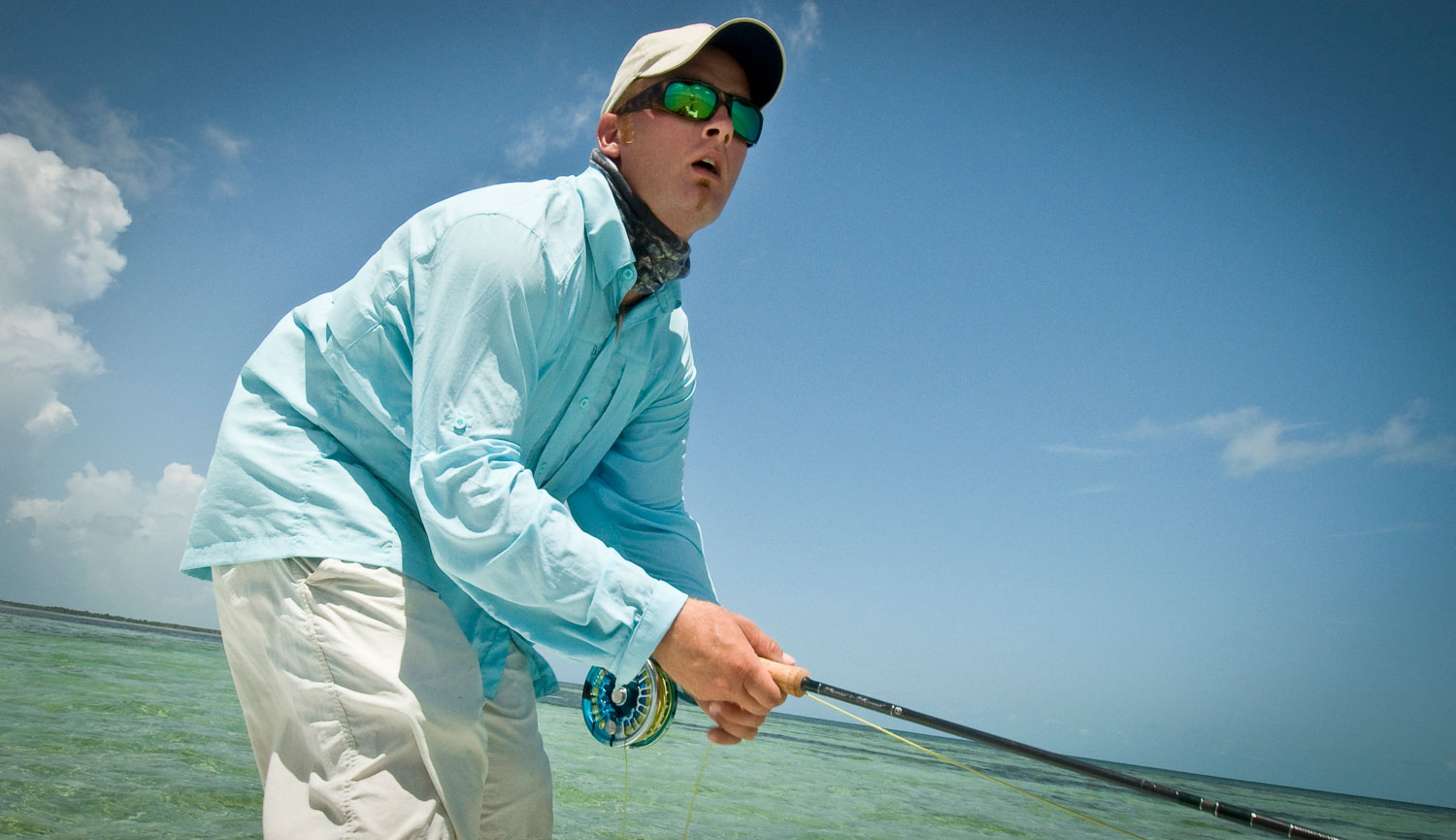
I’ve talked before about the importance of the strip set in saltwater fly fishing. I think every angler who’s tried their hand in the salt knows that you aren’t going to catch a fish without mastering this simple technique. Simple as it may be, reprogramming your muscle memory for the strip set can be a challenge and has sent many anglers into fits on the bow.
Today, I’m going to talk about taking your strip set to the next level with your rod hand. It was my friend Joel Dickey who first introduced me to this idea. We were tarpon fishing in the Keys and I fed a big fish that followed my fly for a good ways before eating it. As tarpon will often do in this scenario, the fish ate the fly and, rather than turning, kept cruising toward the boat. I gave a hardy strip set but, even with my six and a half foot reach, I was never able to put enough pressure on him to bury the hook. The fish jumped and was gone.
“What the hell are you supposed to do with that?” I asked Joel.
“There’s not a lot you can do,” he shrugged and told me, “about your only shot is to clamp down on the line with your right hand and pull.”
Read More »Saturday Shoutout / Ghost Stories
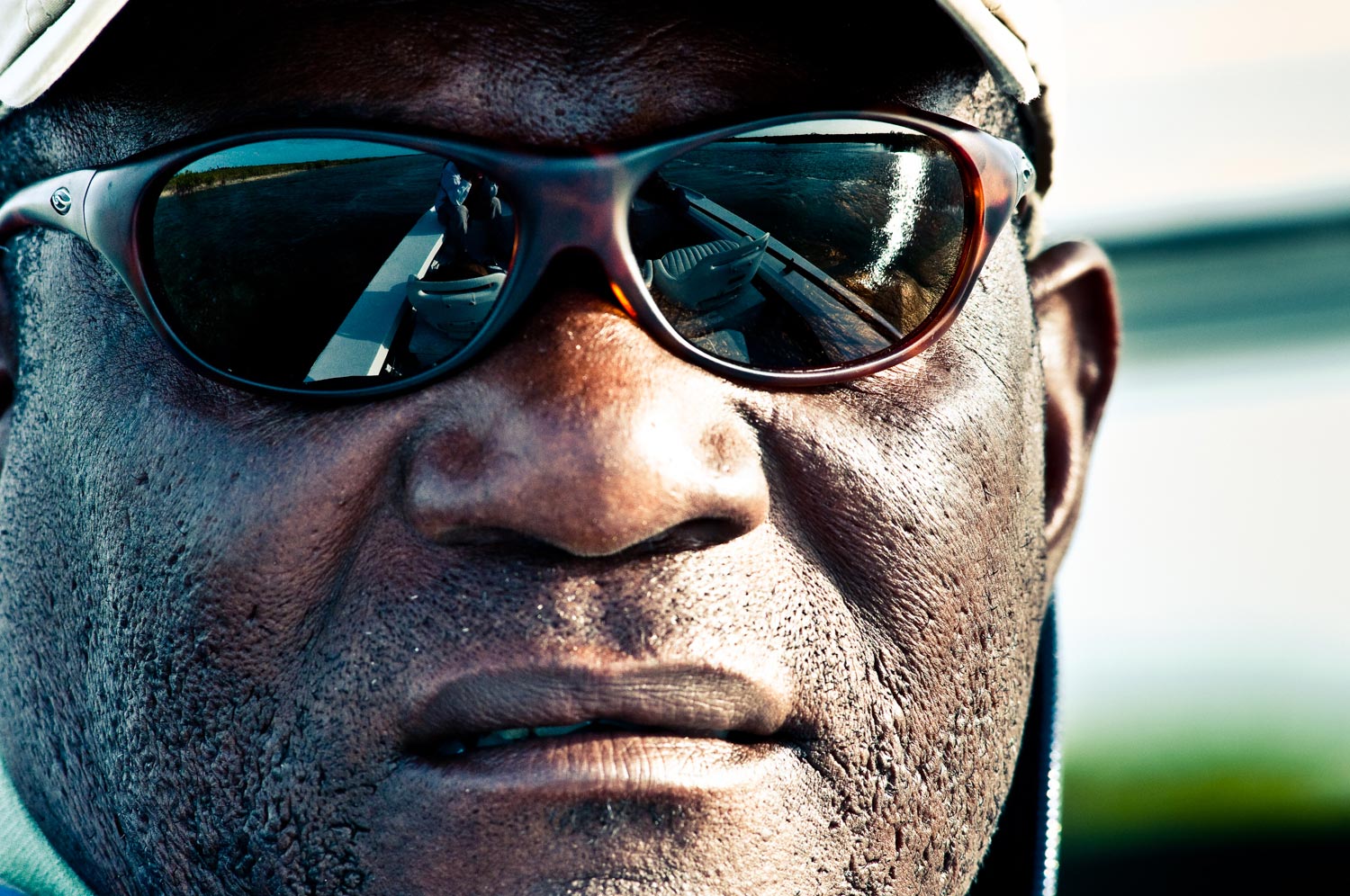
It’s no secret that I am in Love with the Bahamas.
It’s people, it’s culture, it’s beaches and beautiful waters. I even have a Bahamian dog, but my love of the Bahamas begins and ends with bonefish and the culture surrounding them. I feel fortunate to call a number of Bahamian bonefish guides my friends. I have an immense respect for these self-made men of the flats and relish every minute I spend in their company.
The film Ghost stories, by World Angling, takes on the task of documenting the guides and bonefish culture of the Bahamas. You can almost feel the warm breeze watching this footage. If you need a brief vacation in the Bahamas, I highly recommend it.
GHOST STORIES
Read More »Protect Yourself From Lyme Disease
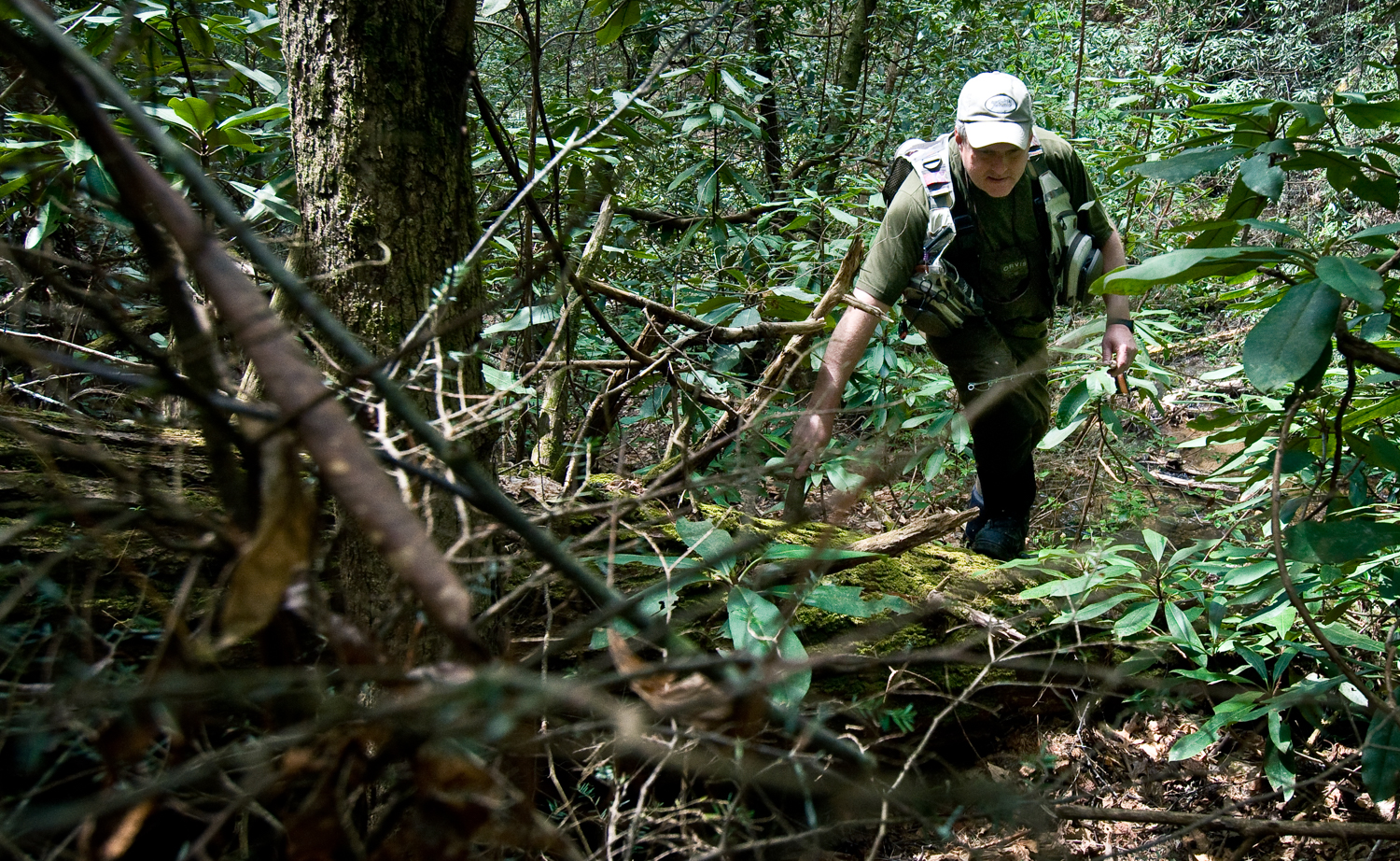
2017 Promises to be a record year for Lyme Disease, here’s what you need to know to be safe.
Changes in the environment and patterns of human population have created a paradise for mice in parts of the US. Their populations have exploded and with them the black legged ticks, which carry lyme disease. In some areas you are at risk for lyme disease just mowing your lawn. Those of us who pursue outdoor activities need to be especially vigilant. Lyme disease is nothing to mess with. It can cause serious life-altering side effects including heart damage.
The media has been full of sensational reports lately, but I’ve seen very little in the way of useful information, other than “check yourself for ticks.” Then I found this story from NPR titled,
“Did You Get Bit By A Lyme-Infested Tick? Here’s What To Do”
I recommend reading the
Read More »Why Aren’t We Talking More About Angler Positioning?
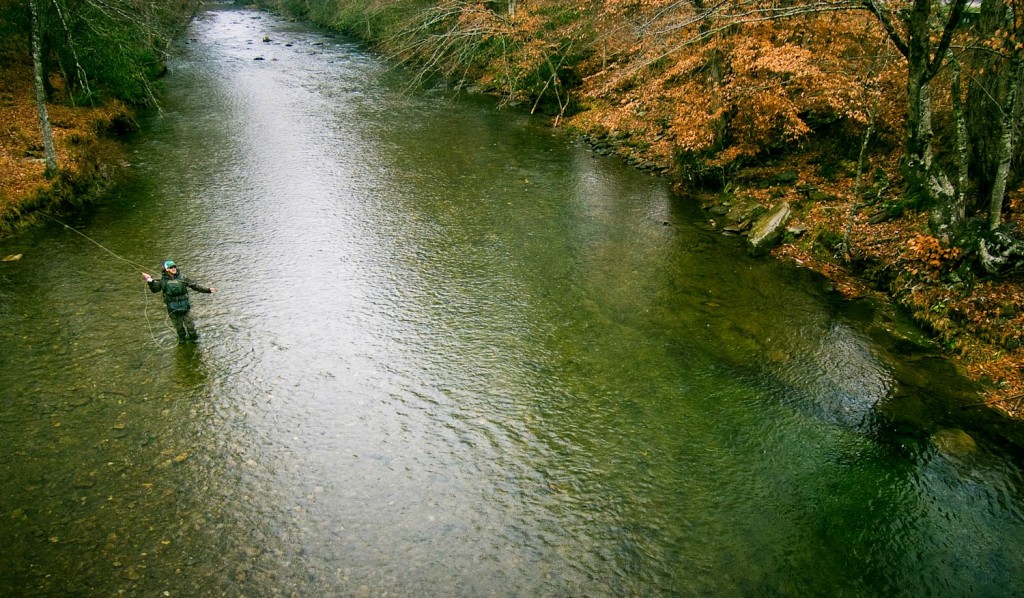
Countless fly fishing articles have been written about matching the hatch, setting up your rig correctly for the water your fishing, and how to cast tight loops. It’s very true these are all areas in your fly fishing game you should always have covered, but what about angler positioning? Why aren’t we talking more about how important angler positioning is for fly fishing success. Have you ever wondered why there are trout fishermen out there that can’t cast forty feet, yet when they’re on the water fishing, they literally mop up every fish like a vacuum. There’s a simple reason for this folks. Great fisherman, that suck at fly casting, usually figure out really quick how important angler positioning is for ensuring they get presentations that produce hookups.
Listen up all you competition casters out there. I’m happy you can reach the far end of the casting pond with your fly. It’s not easy shooting fifteen feet of backing out the end of your fly rod. That’s impressive, but if that’s how you choose to spend your time trout fishing, you’re probably going to catch few fish. Oh, and remember that guy that you just laughed off the casting pond with his pathetic forty foot cast? He’s going to out fish you nine times out of ten, because he’s figured out, presentation trumps distance casting.
Forgive me if I came across a little tart there. Sometimes it’s helpful for driving the point home with my target audience. The fact is, I consistently find fly fishermen of all skill levels struggling with angler positioning. Most have problems determining where they should position themselves when they first approach a stretch of water. The problem lies with them not first thinking about where they need to be standing, so they can make their best cast and presentation. Instead, they’re thinking, “I”m not going to waist my time wading upstream, if I can reach that spot with my fly where I”m standing right here”. This usually doesn’t pan out very well for them. Two scenarios usually play out with this fishing approach. The first scenario has the angler landing the fly short, right on top of the pod of fish, very often resulting in alerting or spooking the fish. The second scenario, the angler does manage to get the fly where it needs to be, but because they’ve chosen to stand in the wrong spot, they have conflicting currents that compromises their drag free drift. In both cases, anglers that ignore the importance of angler position, remain fish-less.
BELOW ARE 3 TIPS FOR BETTER ANGLER POSITIONING.
Read More »The Orvis Helios 2 One-Piece 5-Weight Review
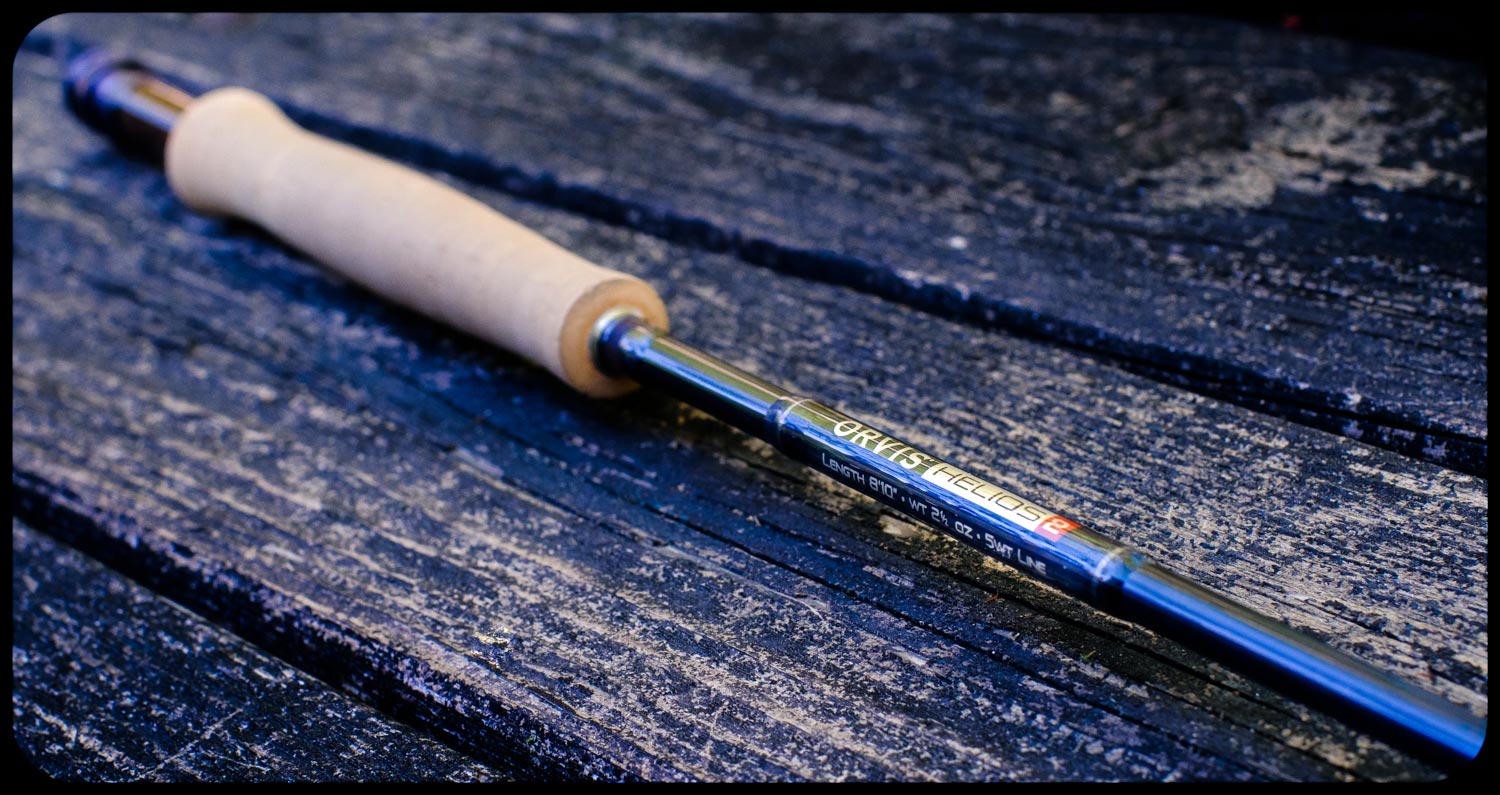
By Louis Cahill
It’s trout season and if you are looking for a hot new trout stick, I have good news.
The Orvis Helios 2 has proven to be one of my favorite fly rods in every weight I have fished. I own a handful of them in weights from 4 to 11 and fish them all the time. When I reviewed the H-2 One-Piece 9-weight, I said in my review, “I hope Orvis will make this rod in a 5 weight.” They said no, but I guess rod designer Sean Combs just couldn’t help himself.
I knew I was going to love this rod, especially after casting it at IFTD, but it has exceeded even my expectations. While I expected a fast-action casting machine with the smooth action and fast recovery of a one piece, I did not expect this new offering to be the all-around fishing tool it turned out to be. The H-2 One-Piece 5 is as impressive when mending and fighting fish as it is when casting.
There are trade-offs in every choice. Obviously a one-piece rod isn’t right for every angler. They can be tough to travel with, even in a car. Mine hangs in the ceiling of my SUV and gives me no problem, but if I decided to take my wife’s Miata to the mountains, I’d have to take a different rod. That said, if you are an angler of habit and your habits accommodate a one piece rod, there are a lot of advantages. Including being ready to fish as soon as you step out of the truck. I especially enjoy that.
WHAT MAKES THE H-2 ONE-PIECE 5 SO SWEET?
Action
All things being equal, a one-piece rod will always have a smoother action than a multi-piece rod. Simply removing the weight and rigidity of the ferrules make a surprising difference in both feel and performance. While many one-piece rods are extremely fast as a result of the diminished weight, the H-2 5-weight is remarkably accessible. It’s fast, to be sure, and very powerful but it has plenty of tricks up its sleeve beyond the long cast.
The rod loads easily enough for excellent roll casting and single-hand spey casting, which makes it highly effective on small water. It’s just as comfortable presenting a fly in tight cover as it is making an eighty-foot reach cast from the bow of the drift boat. While it excels at
Read More »Sunday Classic / Drift Boat And Car Renting Tips Abroad

When you’re traveling abroad on a fly fishing trip that you’ve meticulously planned out for months in advance, the last thing you want to deal with is equipment problems. That was exactly the case Louis and I ran into several years ago heading out to Wyoming for a week long fly fishing trip with our good friend Bruce Wayne, a.k.a “Batman”.
Read More »Saturday Shoutout / 4 Is Enough
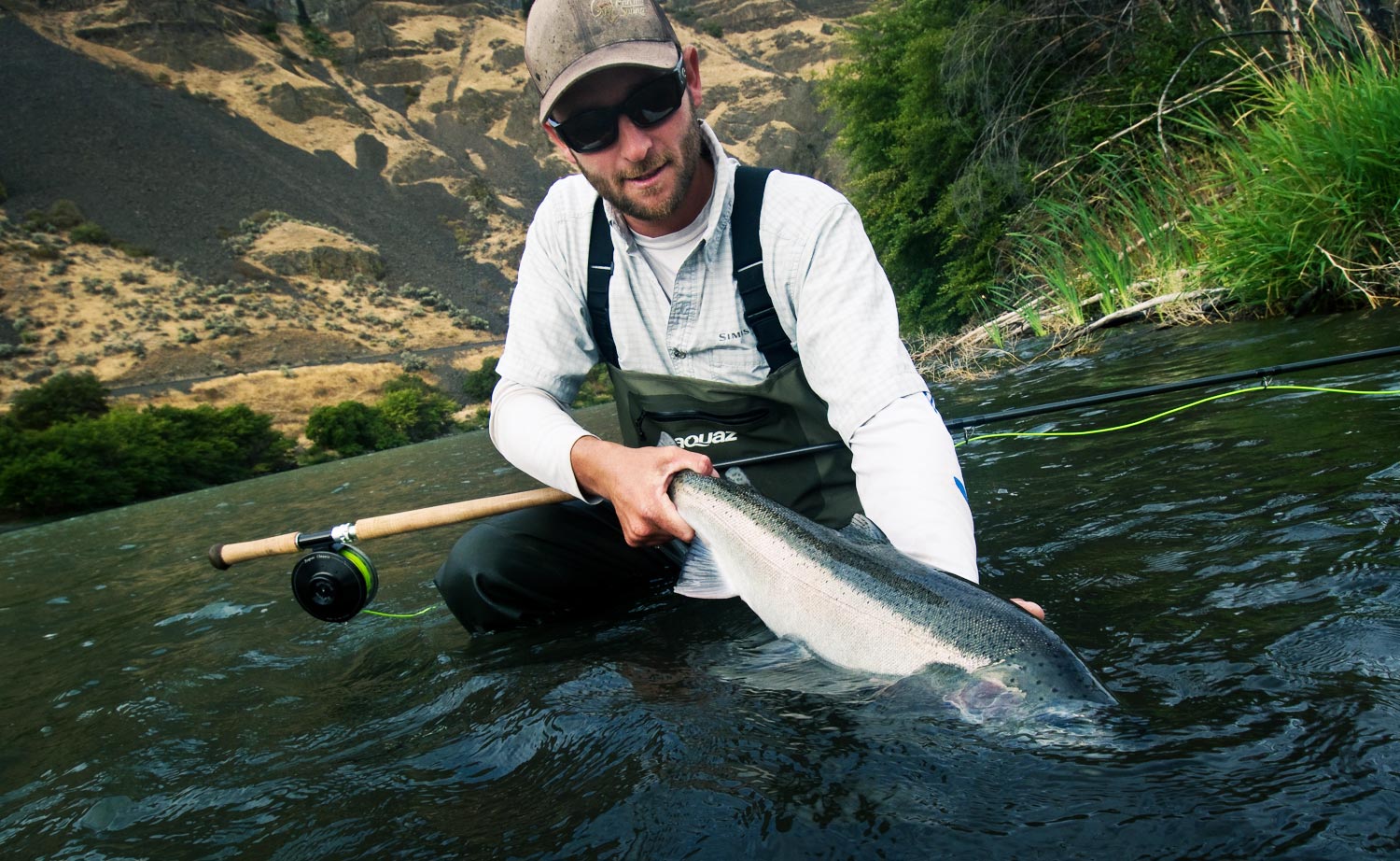
Brian O’Keefe has something on his mind and it isn’t how many steelhead he can catch.
This article from Wild Steelheaders United might just be the birth of a movement. At a meeting of folks interested in steelhead conservation, Brian stood up and declared, “Four is enough!” What the hell is he talking about? I thought. Once I found out I though it was pretty cool.
CHECK OUT THIS ARTICLE AND SEE IF 4 IS ENOUGH FOR YOU.
Four Is Enough
Read More »Graphite VS Fiberglass With Tim Rajeff: Video
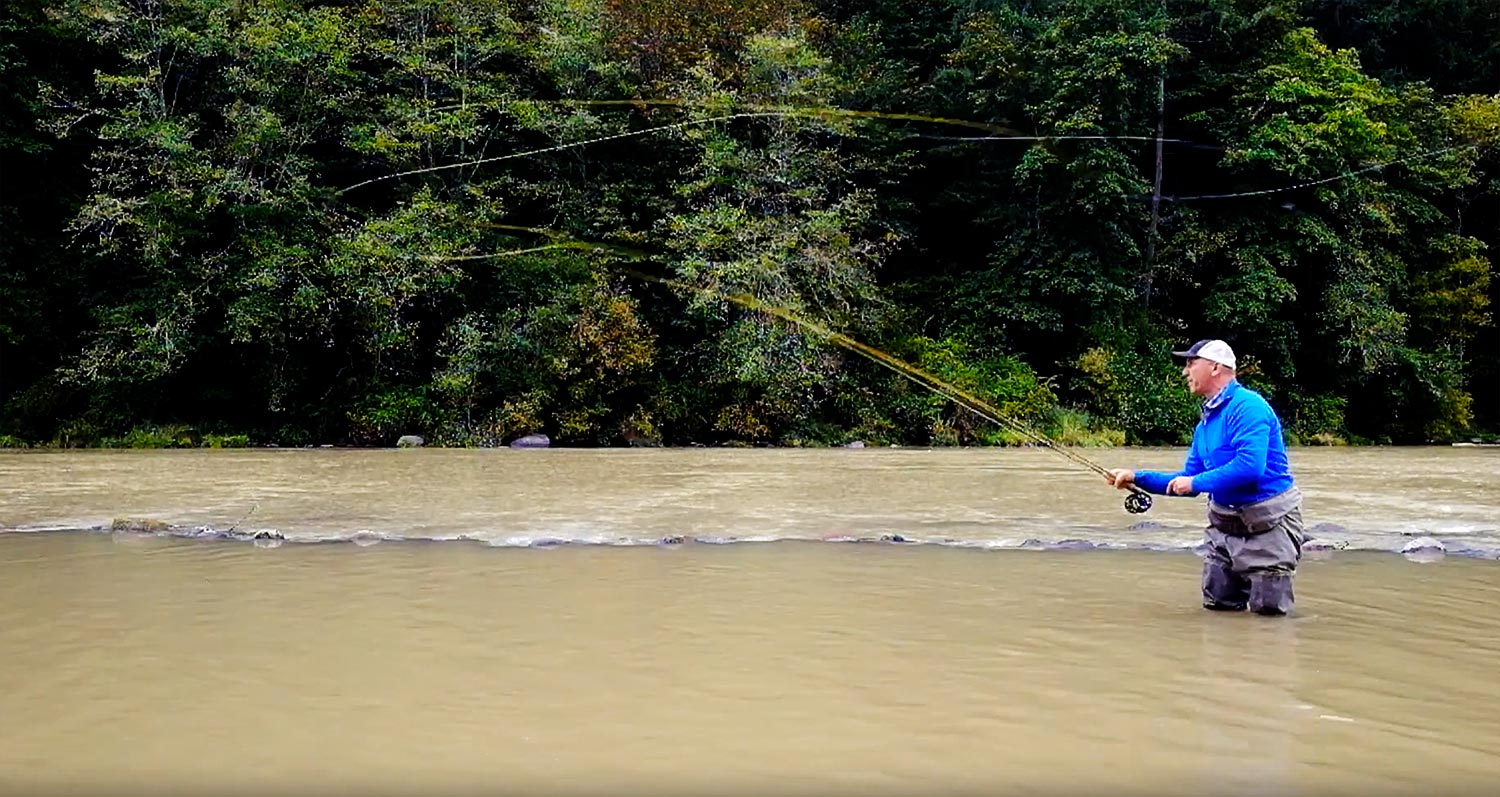
What’s the difference between graphite and fiberglass fly rods?
Most fly rods, these days, are made of carbon fiber but a generation ago fiberglass was king. Today glass rods are making a strong resurgence, and with good reason. There are some benefits to fishing a fiberglass fly rod but how do you know if it’s the right tool for you?
In this video Tim Rajeff explains the different actions and the pluses and minuses to each. He tells you why he fishes mostly fiberglass rods and demonstrates a crazy feat of casting skill by casting a graphite rod and fiberglass rod together in one hand.
WATCH THIS VIDEO TO LEARN ABOUT GRAPHITE VS FIBERGLASS FLY RODS FROM TIM RAJEFF OF ECHO.
Read More »